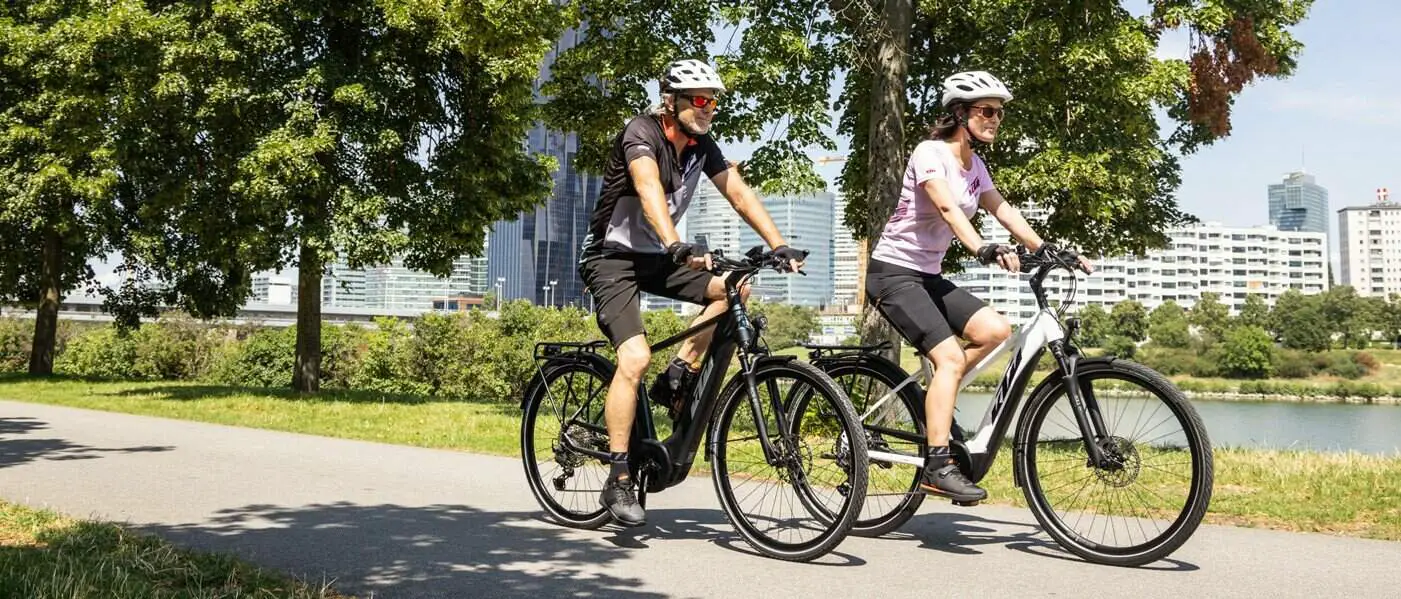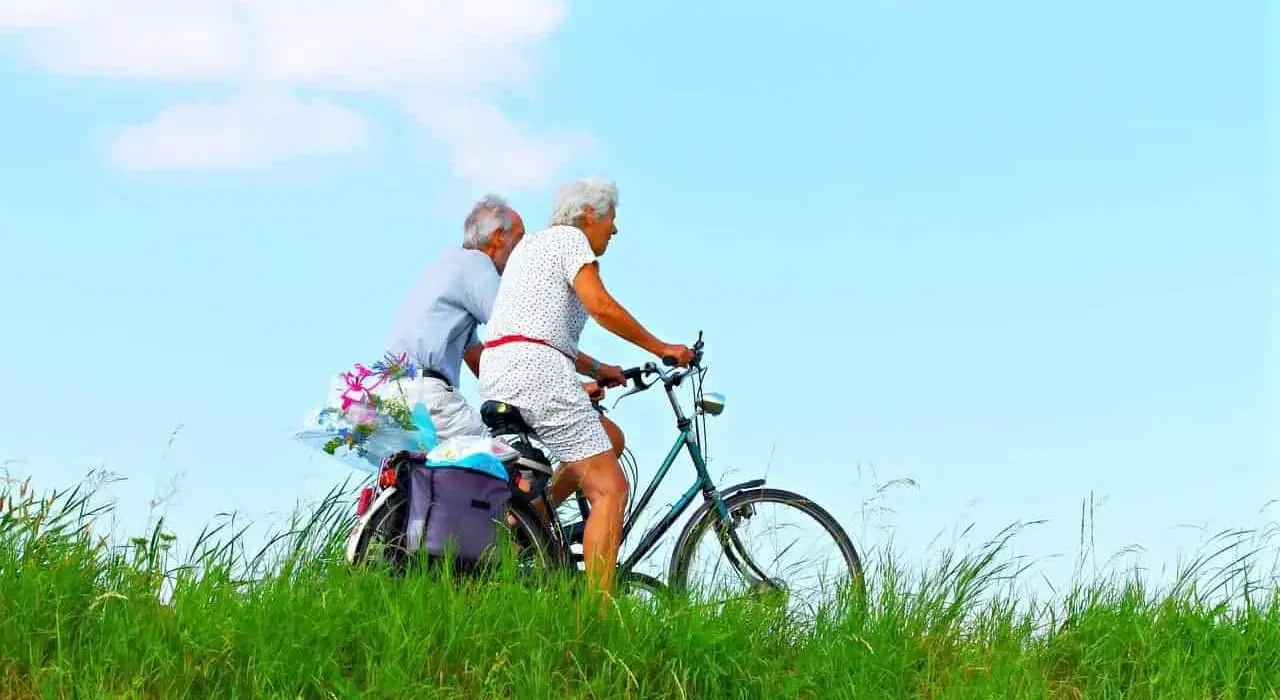Last Updated on July 11, 2023 by Igor Karni
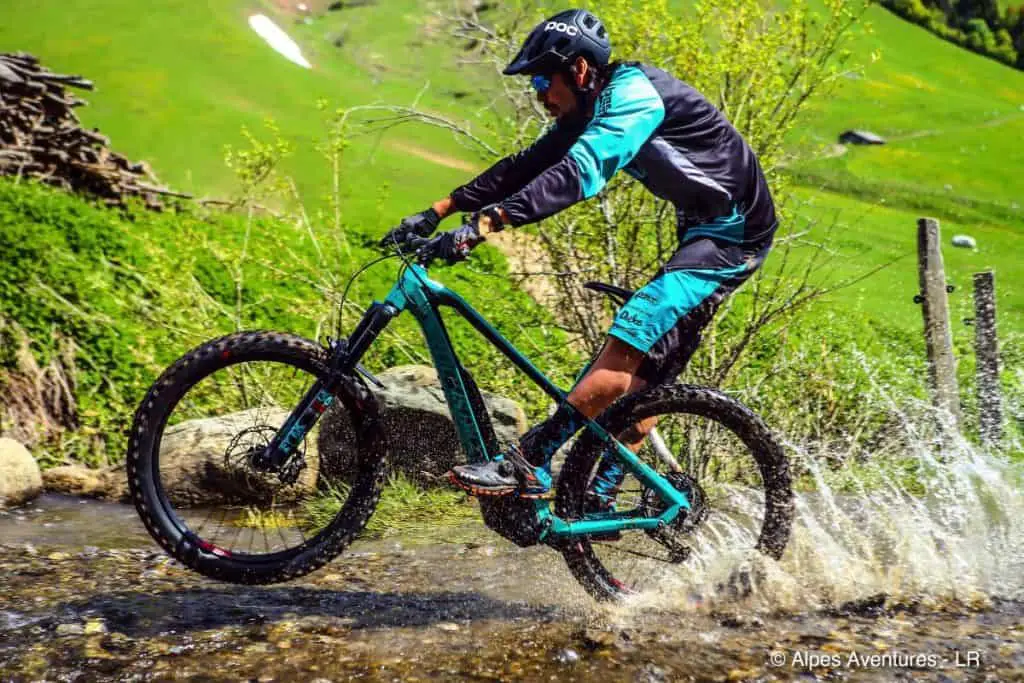
It’s no secret that riding your e-Bike is a wonderful cardio exercise, and can even help you build muscle as well.
Read also: Can I use e-bike to get fit or for weight loss? And, Are e-bikes good for cardio exercise?
But you might be wondering, which muscles are being targeted when I ride my e-Bike? While you may be thinking that e-bike riding is only beneficial for strengthening your leg muscles, since your legs are in charge of pedaling and propelling you, you actually end up targeting a lot more of your muscles than you may think. When you ride your e-Bike, your whole body (to varying extents) is engaged.
Which muscles work when riding an electric bicycle? Leg muscles, from hamstring and quadricep to calves, specifically the gastrocnemius and soleus muscles. Glutes or buttocks muscles, which include gluteus maximus, gluteus medius, and gluteus minimus. Upper arms – specifically, biceps and triceps. The core, including abdominal and upper body muscles. Shoulders, feet, and ankles.
This article will outline which of your muscles work and are targeted when you use your e-bike!
Leg muscles are certainly trained when you ride an e-bike
As mentioned, your legs are the part of your body that are benefitted the most when you ride your e-bike. This is because your legs provide the main power source for pedaling when you ride. E-bike riding engages your thighs, which include your hamstring and quadricep muscles, and calves, specifically the gastrocnemius and soleus muscles.
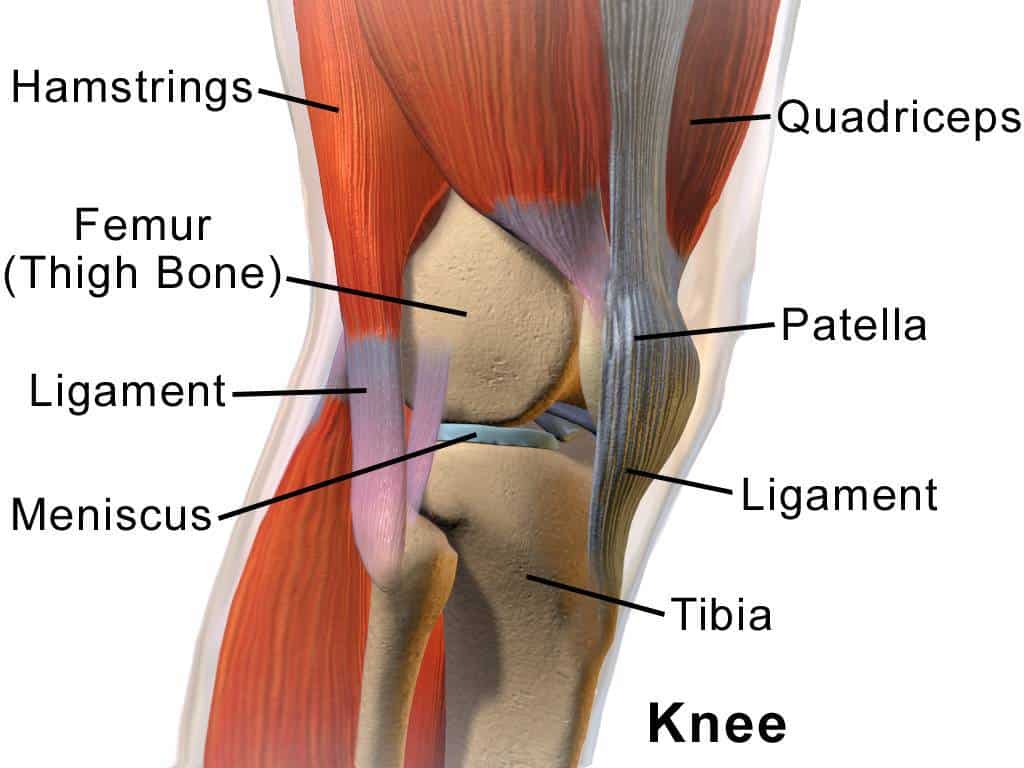
Your hamstrings, which run down the back of your thighs from the pelvis to the knees, allow your knees to bend – which is essential for the pedaling action you must take while riding. Your quadriceps are located along the front of your thighs (source), so the more you pedal and faster you go, the more of a workout you’ll get in your quads. In fact, your quads are the muscles that are worked most heavily while cycling.
In your calves, the gastrocnemius muscles are located on the back of your legs (it is the most prominent part of the calf and the one we tend to want to tone and build the most muscle on). The gastrocnemius muscles are heavily worked while you pedal on your e-Bike.
Try focusing on your calves the next time you ride your e-bike, and you’ll realize just how important they are and how fired up they get during your cycling process. The soleus muscle (Wikipedia link) runs just underneath the gastrocnemius, going from below the knee down to your heel.
This muscle helps you stand, walk, and run, and is essential to helping you keep your balance – and since cycling is all about balance, riding your e-Bike constantly engages the soleus muscle.
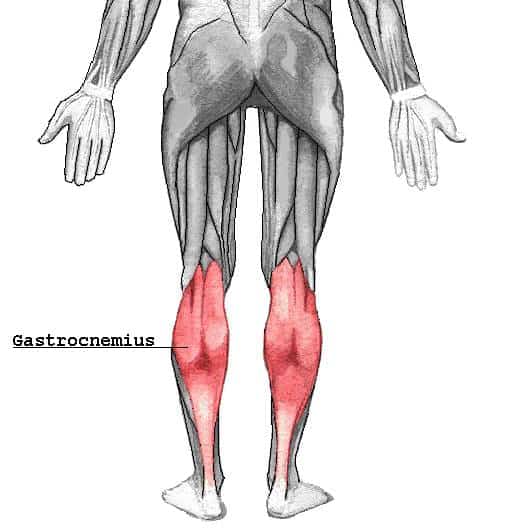
Experts recommend that in order to more completely engage all of these muscles every time you ride your e-bike, you should aim to pedal in a full circle motion. Your quads take on the brunt of the work by pushing the pedal down, and your hamstrings help to pull your feet back up to complete the pedaling motion: thus, doing the full circle pedaling action will optimize your workout and target all of your leg muscles fully.
Read also: How does riding an e-bike compare to walking? And, How does riding an e-bike compare to running?
Glutes are very much engaged in e-bike riding as well
Yes, you read that right – cycling benefits your gluteal (buttocks) muscles as well. The muscles in your backside, which consist of the gluteus maximus, gluteus medius, and gluteus minimus (see this Wikipedia article for a diagram), are the powerhouses that play a big role in your cycling motion. Much like the way we rely on squats to strengthen our gluteal muscles, e-bike riding targets the glutes since they help to control your hips and legs, and in turn your pedaling.
One suggestion for strengthening these muscles even further is to stand while cycling (only if you are comfortable with this and do so with caution). Another method is to increase the resistance and intensity during your ride, which can be done by lowering the level of pedal-assist on your e-bike or even going uphill.
Read also: Does riding an e-bike help train strength and endurance? And, Are electric bikes good for cardio exercise?
This will allow your glute muscles to work even harder, and you’ll definitely feel the burn (in a good way!). These gluteal muscles work alongside your hip motion and help to power the leg rotation that is so necessary to pedaling.
It is also recommended that you make sure your e-Bike seat is adjusted properly to your height, as this will optimize your range of motion and ultimately help you to more fully involve your glutes in your exercise.

Read also: Avoiding hip pain while riding an e-bike, with a few easy steps. Or what to do when your bottom is sore when riding an e-bike?
When riding an e-bike, arm muscles also do not stay untrained
While the arms are generally less targeted than your legs and glutes, your upper arms – specifically, biceps and triceps – are still activated and targeted you ride your e-Bike. Your biceps are located on the front part of your upper arm (source), whereas your triceps run along the back of your upper arm (source).
The reason these muscles are targeted is that your arms are essential to supporting and balancing your upper body while you ride, which is accomplished by holding on to and steering with your handlebars. Since your arms are the main controller when riding your e-bike, your upper body strength inherently benefits from the cycling process.
If you are riding for long periods, your arms particularly are doing a lot of work since they are helping to support and balance your body weight. Especially when riding on uneven terrain or going uphill, downhill, and around winding paths, you will tend to shift your weight a number of times throughout your ride: this process of keeping upright while shifting puts a necessary strain on your upper arms, which in turn strengthens and tones those muscles.
The body core is involved too
Your core consists of your abdominal and upper body muscles, such as your back and your stomach. While your core muscles are not necessarily the predominant focus when you ride your e-Bike, you will still reap the benefits and strengthen your abdomen, stomach, and back.
This is because cycling, as mentioned before, requires your upper body to be engaged in order to accomplish the proper balance needed for steering and maneuvering. For example, your abdominal muscles are a major power source for keeping yourself upright while cycling and your upper back muscles help to keep you steady.
Read also: Does riding an e-bike help lose belly fat? And, Does riding an electric bike help train strength and endurance?
When you cycle, your core allows and powers you to turn, balance, and control your e-bike. If you want a more intense core workout, try consciously tightening your abs while also going on a ride that requires a lot of turns (as opposed to a straight path).
Doing both of these things will keep your torso and abdominals more consistently engaged while you ride. Engaging your core and placing more effort on your abs, stomach, and upper back will also allow you to put less pressure on your lower back muscles, which can help prevent lower back injury.
That being said, e-bike riding alone is not necessarily sufficient on its own if you really want to tone and target your abs. While e-bike riding will certainly help you to strengthen your core, try doing other exercises when you’re off the e-bike, such as sit-ups, crunches, planks, and seated twists.
If you do these in conjunction with riding your e-bike regularly, you are sure to majorly strengthen and tone your core muscles!
Shoulders, feet, and ankles also reap benefits from e-bike riding
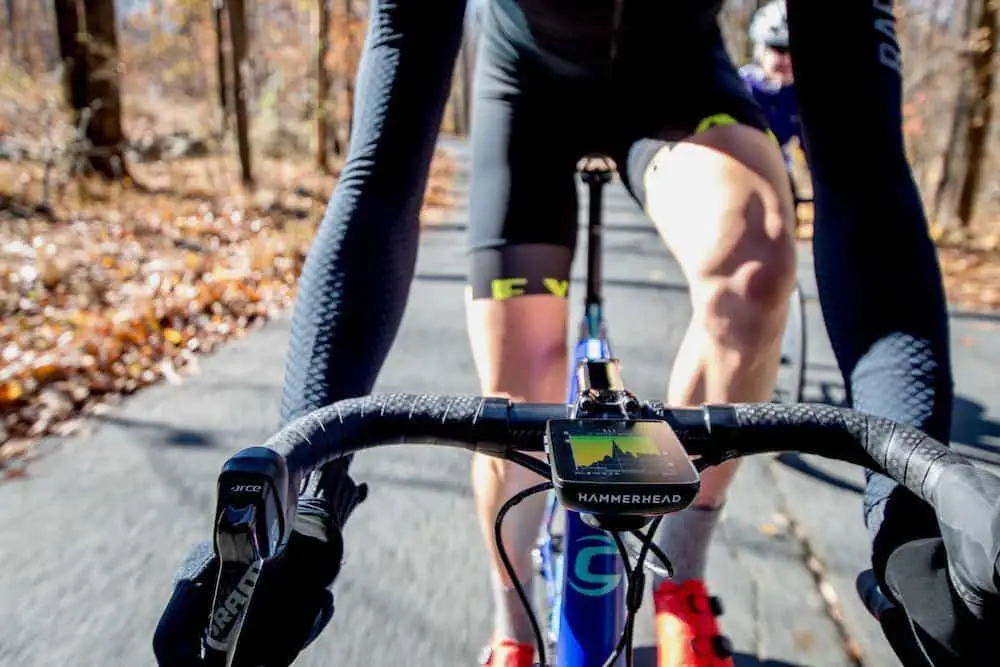
These are some of the muscles that are benefitted from e-bike riding on a smaller scale, but still benefit you nonetheless!
Not only do your arms benefit from you riding an e-bike, but as a result, so do your shoulders, particularly your deltoid muscles which are located at the uppermost part of your arm (source) and are best described as your shoulder caps.
Similar to the way your arms and upper body are worked out when you ride, your shoulders benefit the most when you shift positions while riding. If you are doing an intense workout with heightened resistance and riding on more uneven terrain (such as hills), you will definitely start to feel the effects in your shoulders more prominently.
Last but not least and perhaps somewhat surprisingly, even your feet and ankles are benefitted from riding your e-bike! The cycling motion strengthens your ankles through its repetitive circular movements, and the extension of your ankle wherein your foot is pointing downward (also known as plantar flexion – source) helps to strengthen your foot’s range of motion and its respective muscles and tendons.
As you can see, there are a large number of muscles throughout your entire body that benefit from riding your e-Bike. From your shoulders all the way down to your feet, all of the described muscles contract when you engage in the cycling and pedaling motion, ultimately putting all of them to work and strengthening them as you ride!
Read also: Ever considered offering e-bike as a gift? Or gifting one to yourself? Check out our suggestions – in this e-bike gift guide.
Igor is a sustainable mobility and green energy advocate. His mission for Easy E-biking is to help make electric cycling simple, practical, and fun. Follow him on Facebook and LinkedIn.

